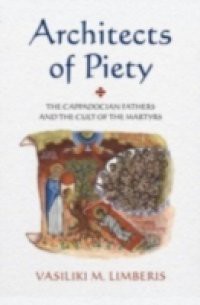This book provides a new way of understanding the role of the cult of the martyrs for the Cappadocian Fathers and their families. The study shows that the cult of the martyrs was so popular among all social levels of Christians, including the Cappadocian Fathers, that it formed the rudimentary framework for Christian piety in the fourth century. When Christianity became the state religion in 325, the fundamental presupposition of martyrdom as Christian identity became ambiguous. Thus it was paramount for the Cappadocians to preserve, evolve, and represent how martyr piety fit into the Christian life after the Constantinian settlement. The book reveals the Cappadocians tireless promotion of martyr piety through careful expositions of the ritual of the panegyris and importance of the calendar, their pastoral teachings through panegyrics to the martyrs, and the triumphs and frustrations of building a martyrium. Limberis also demonstrates how the Cappadocians fixed the image of the martyrs on their families identities forever, showing how the veneration of the martyrs contributed to practicing Christian faith in a familial context. The study demonstrates that the local martyr cults were so powerful that the Cappadocian Fathers promoted their own kin as martyrs, and claimed other martyrs as their ancestors. The study also engages how gender and theories of kinship complicate their texts, both for the Cappadocians and for us.


















